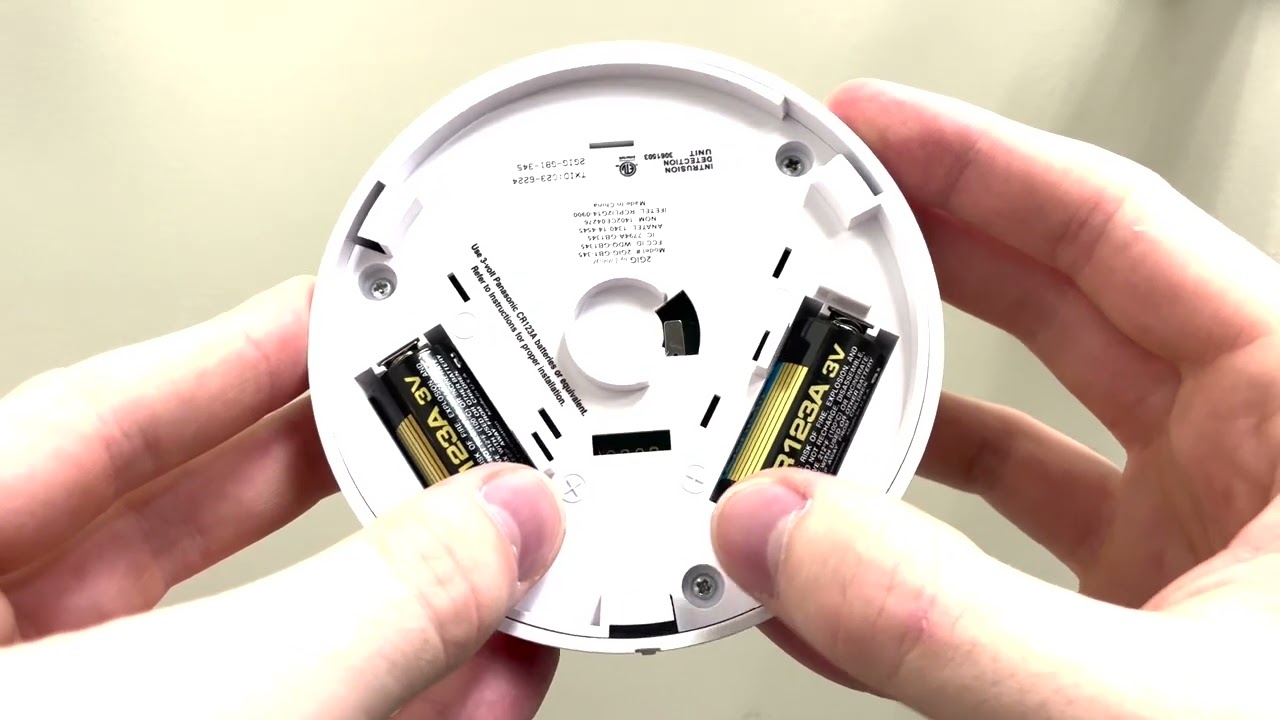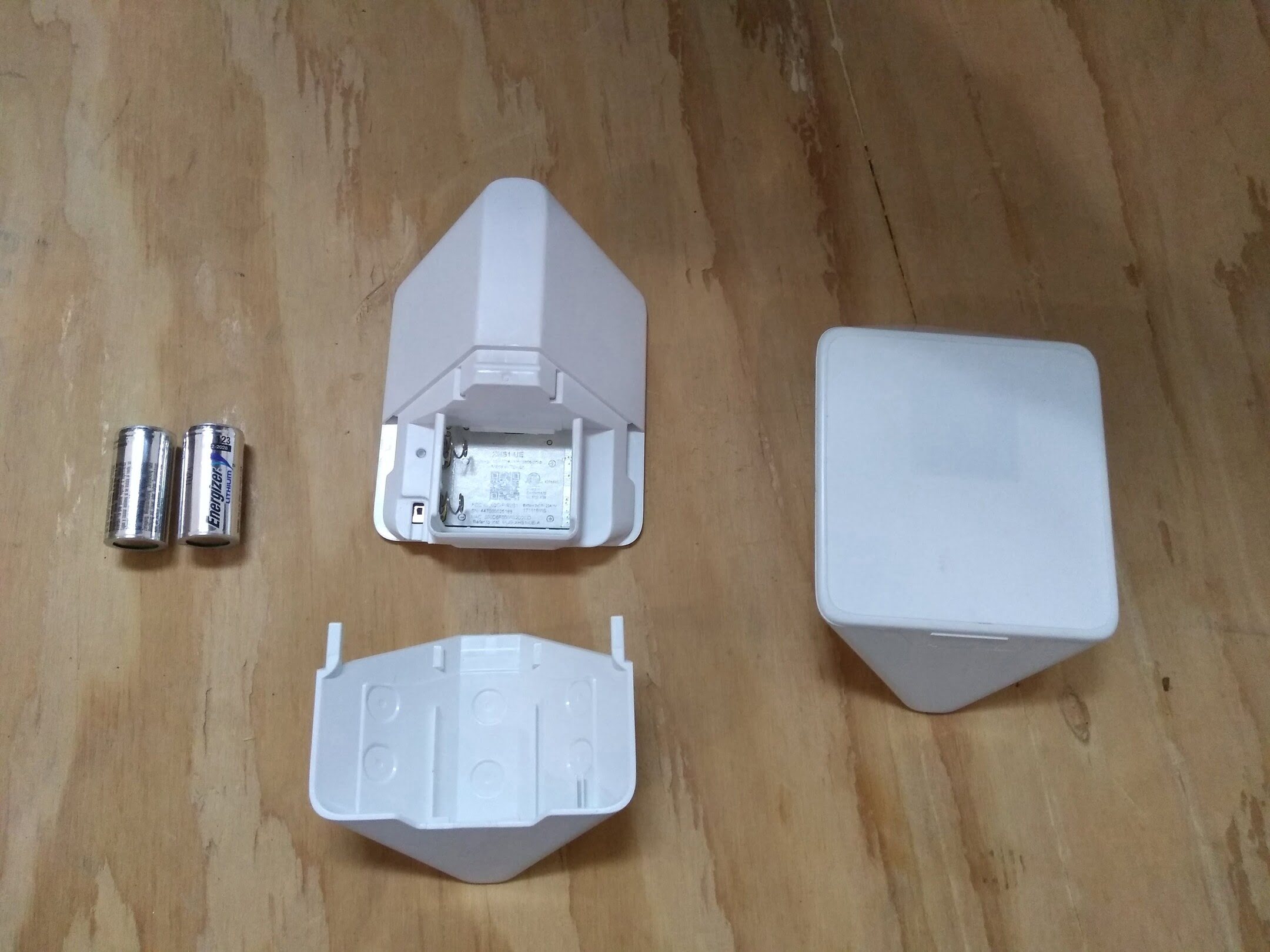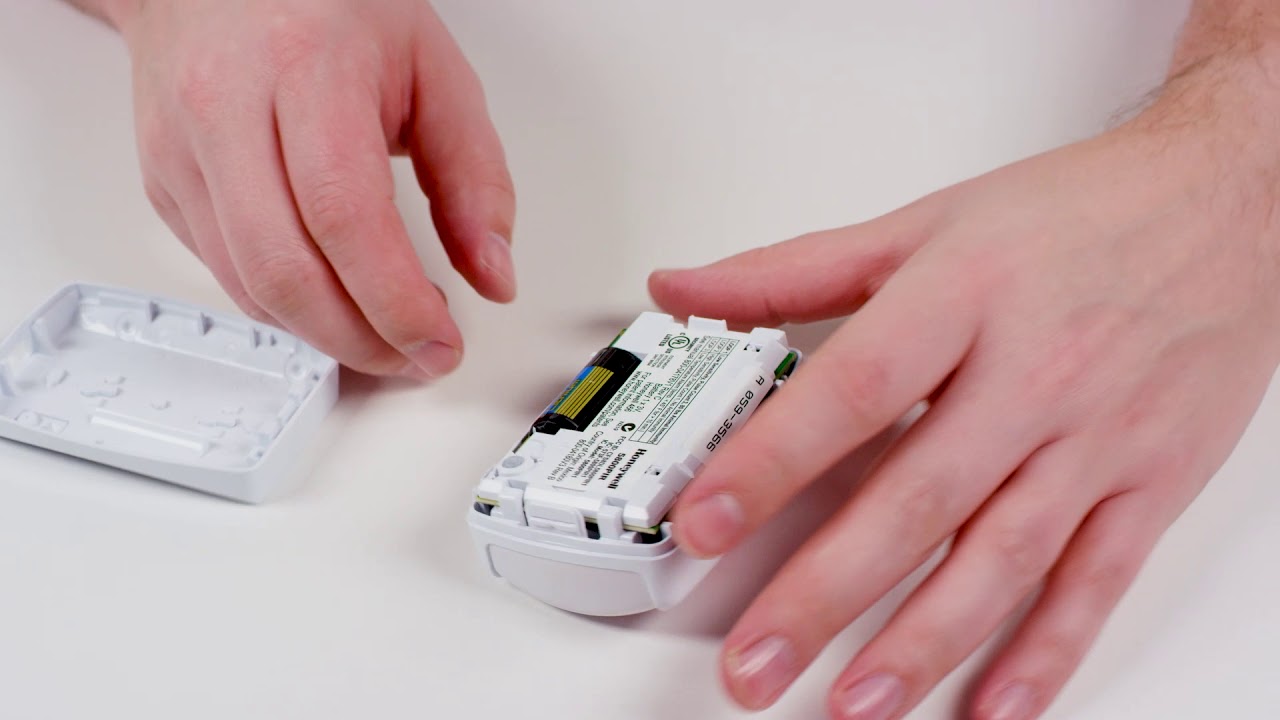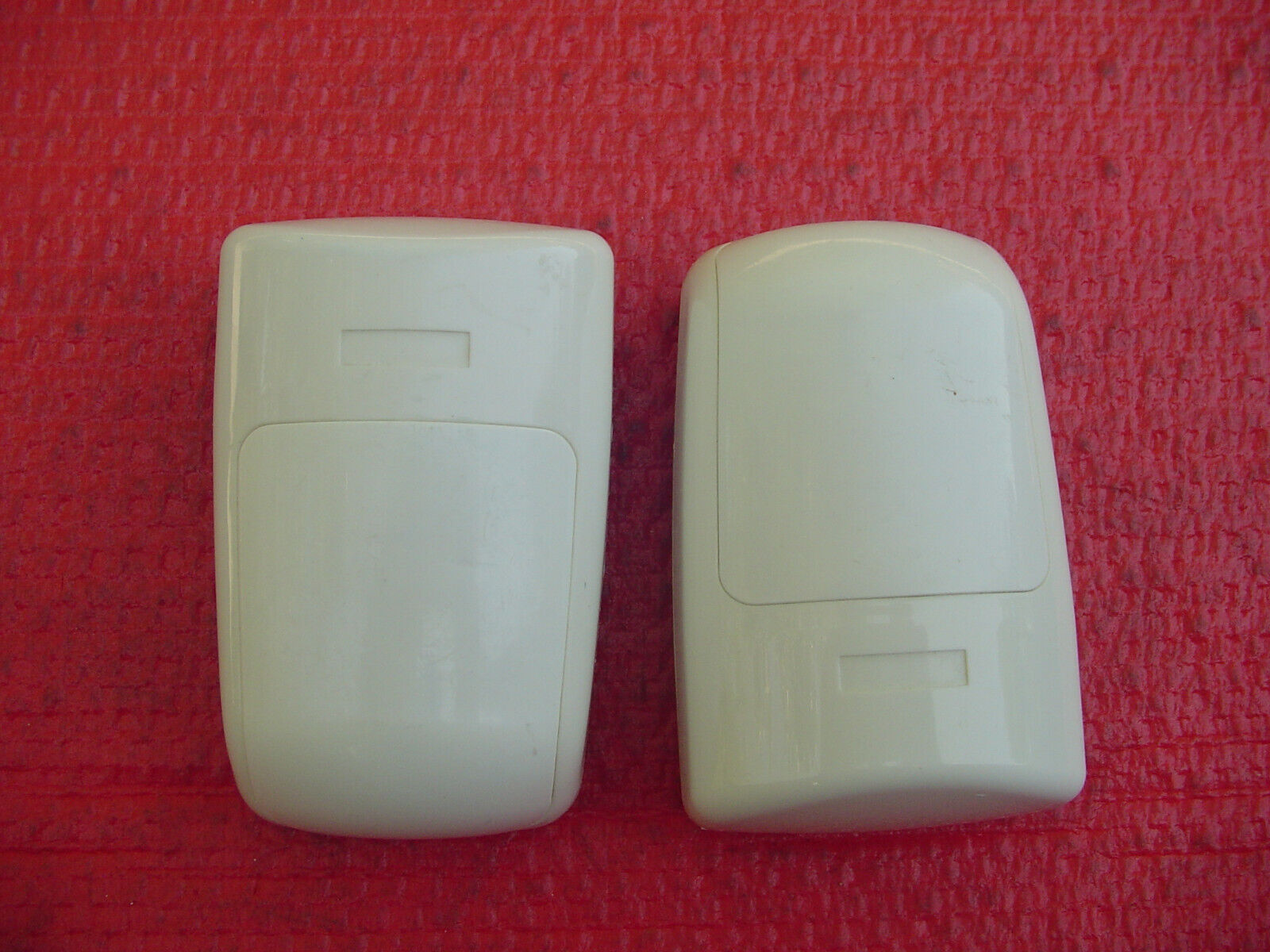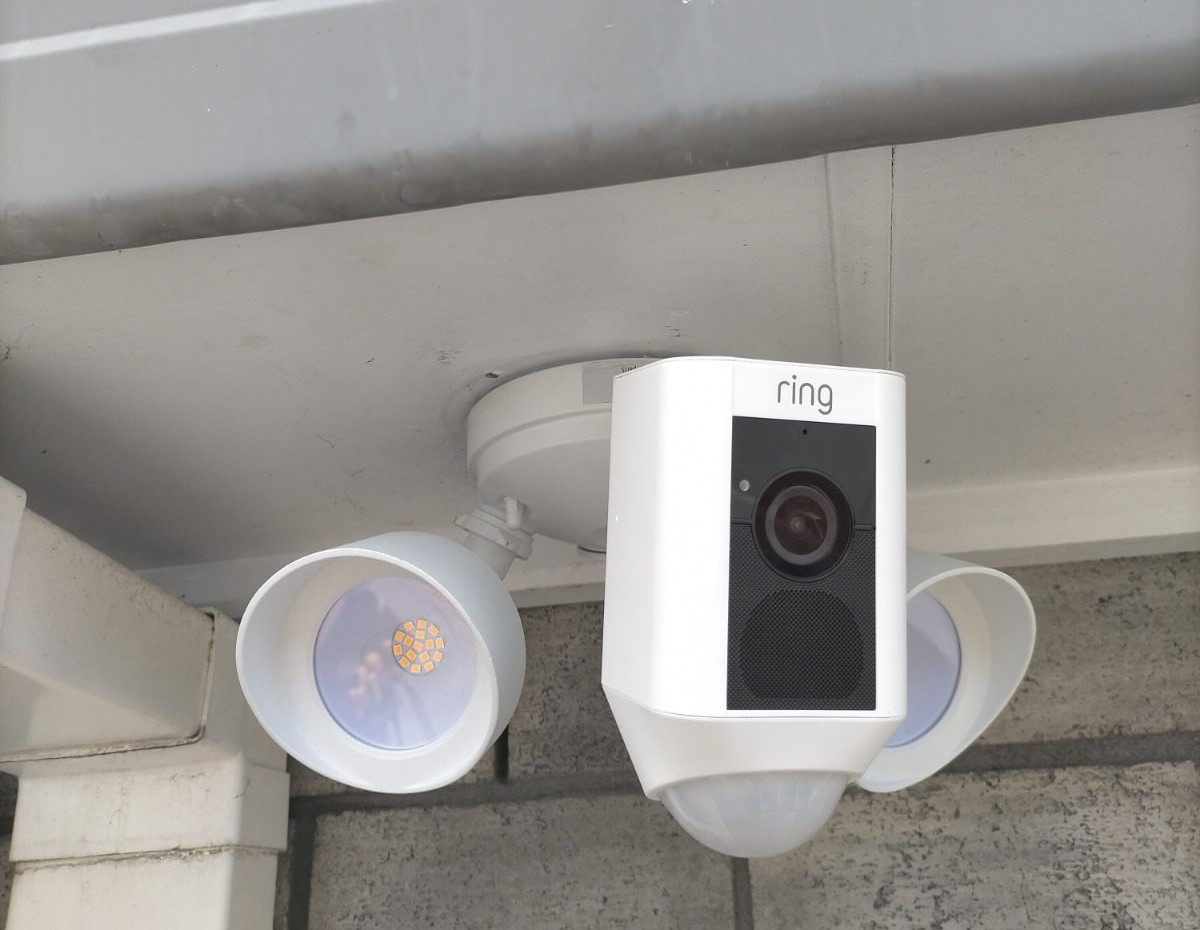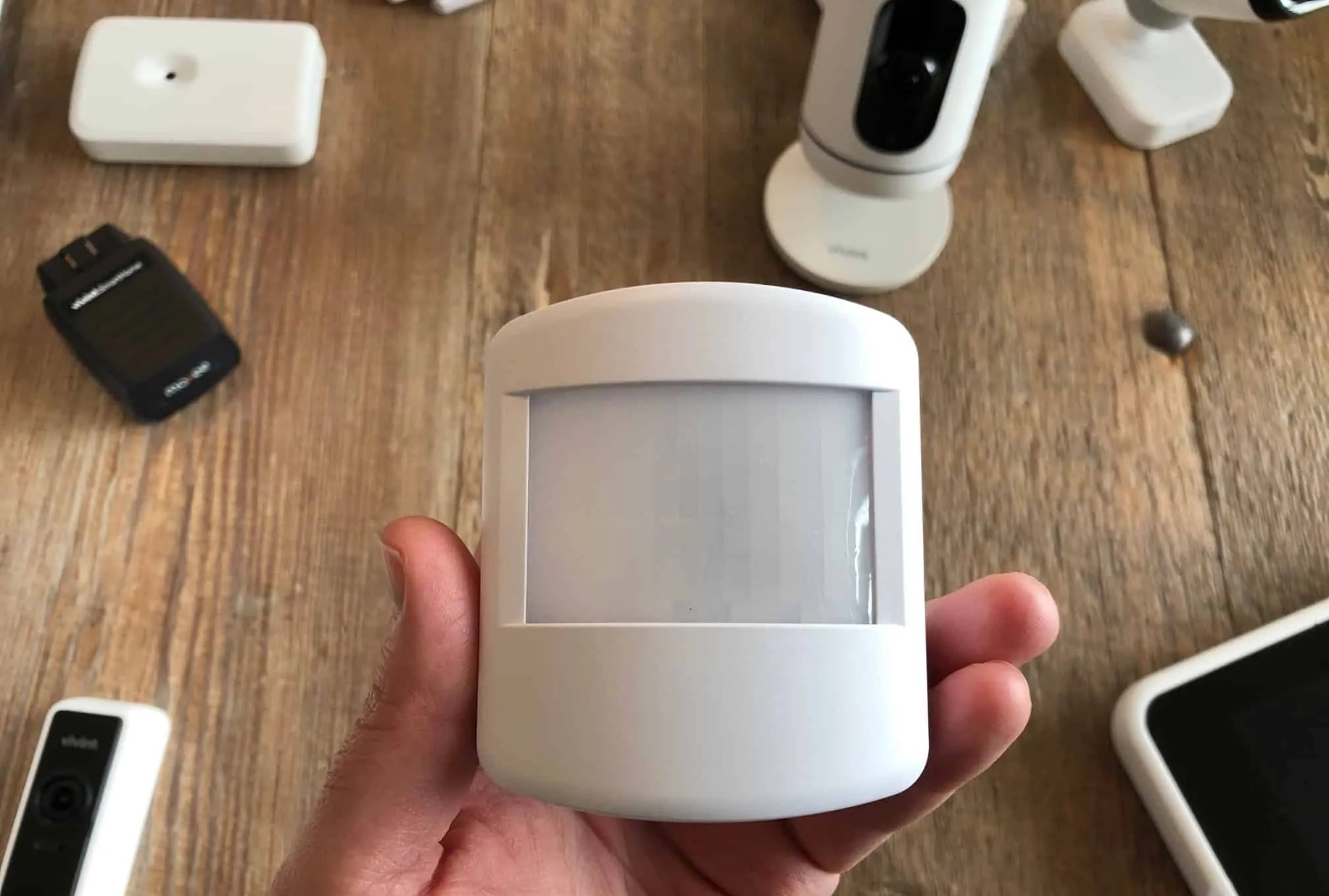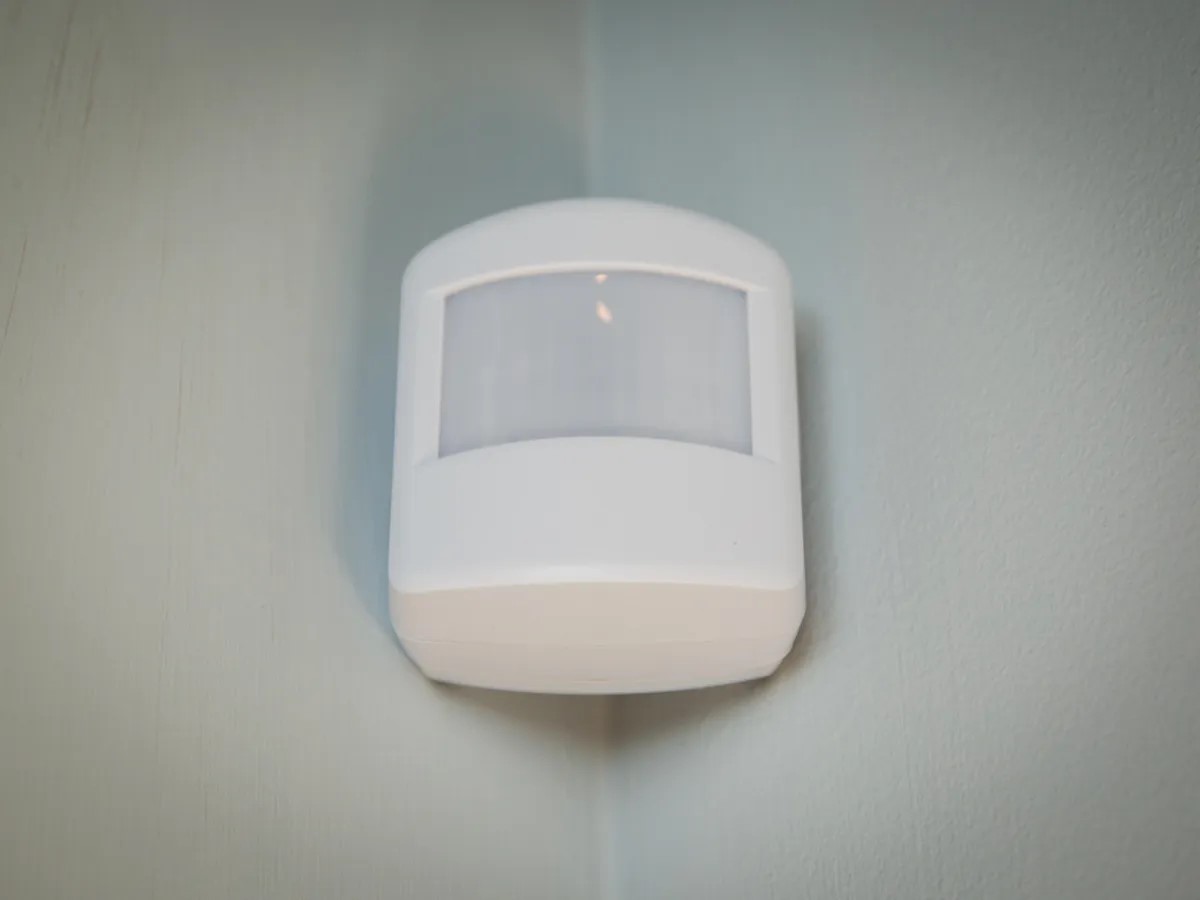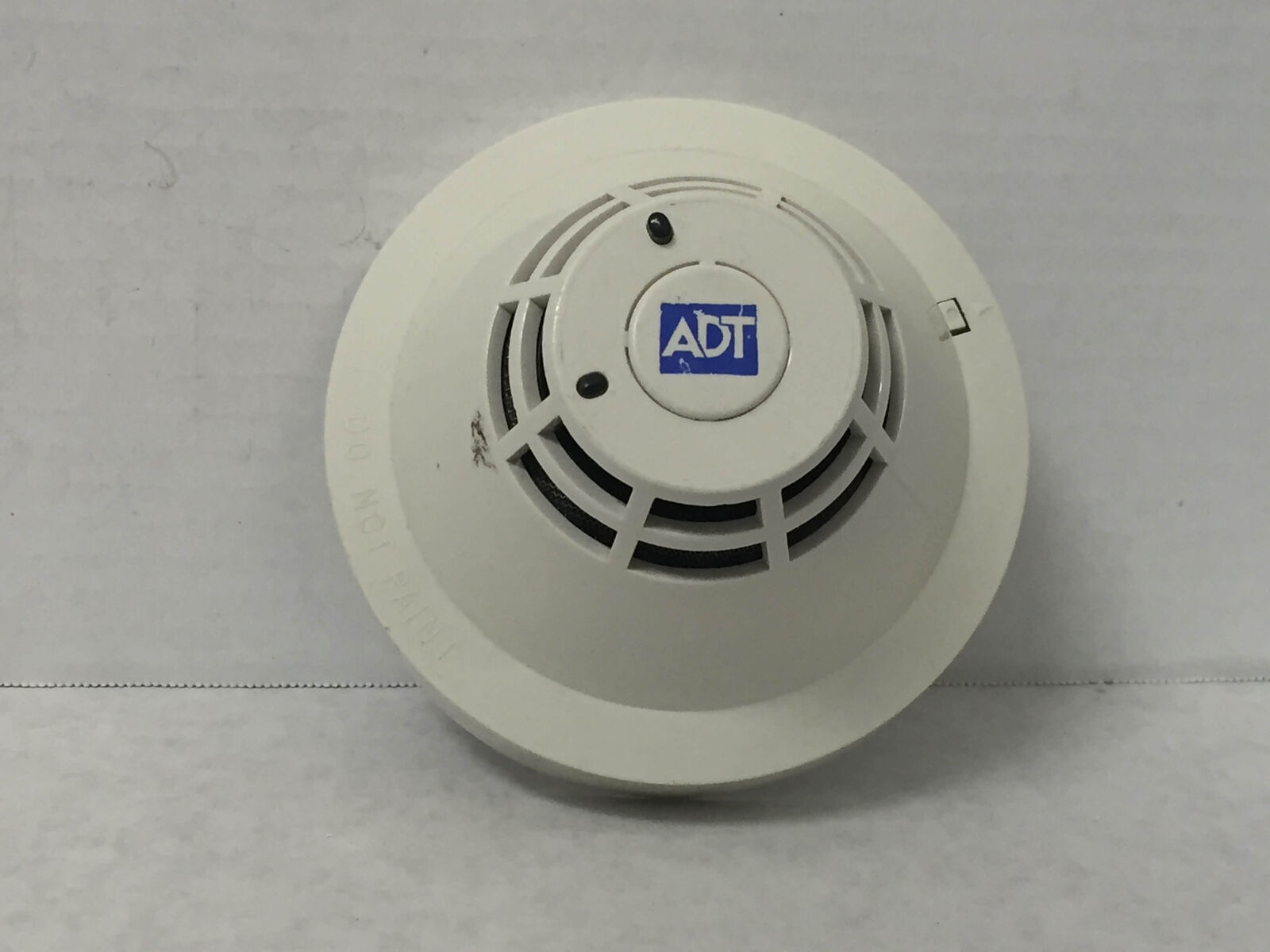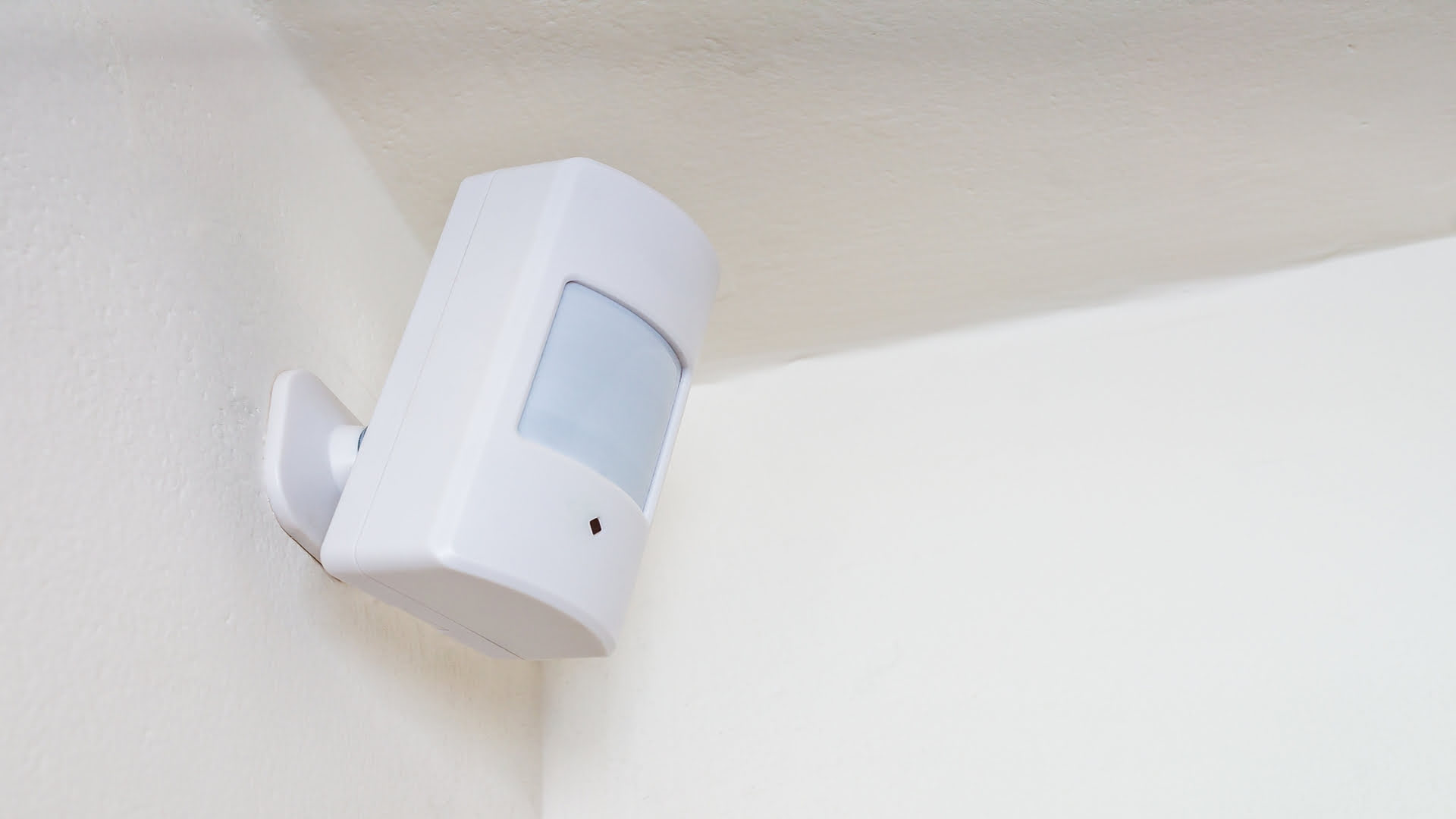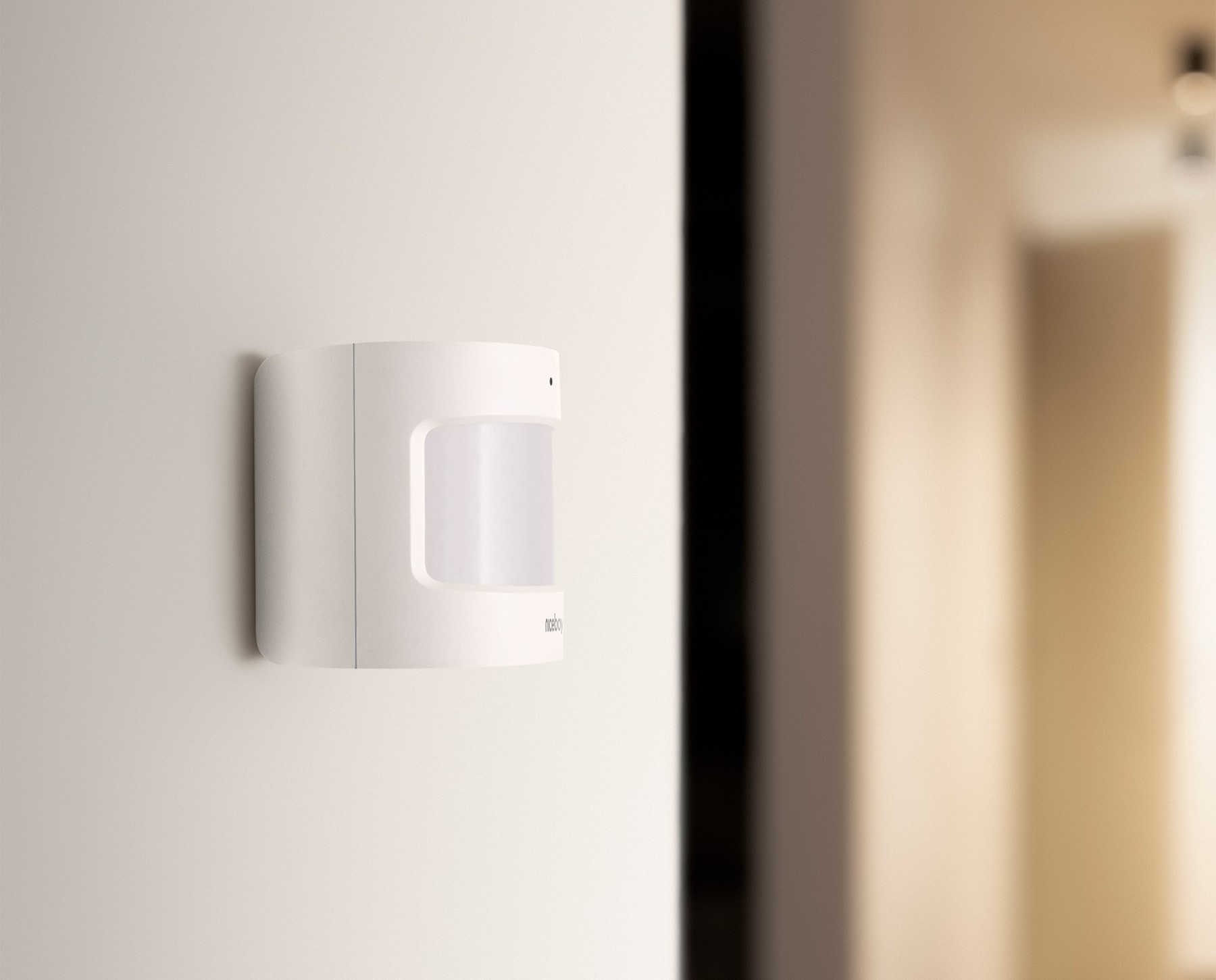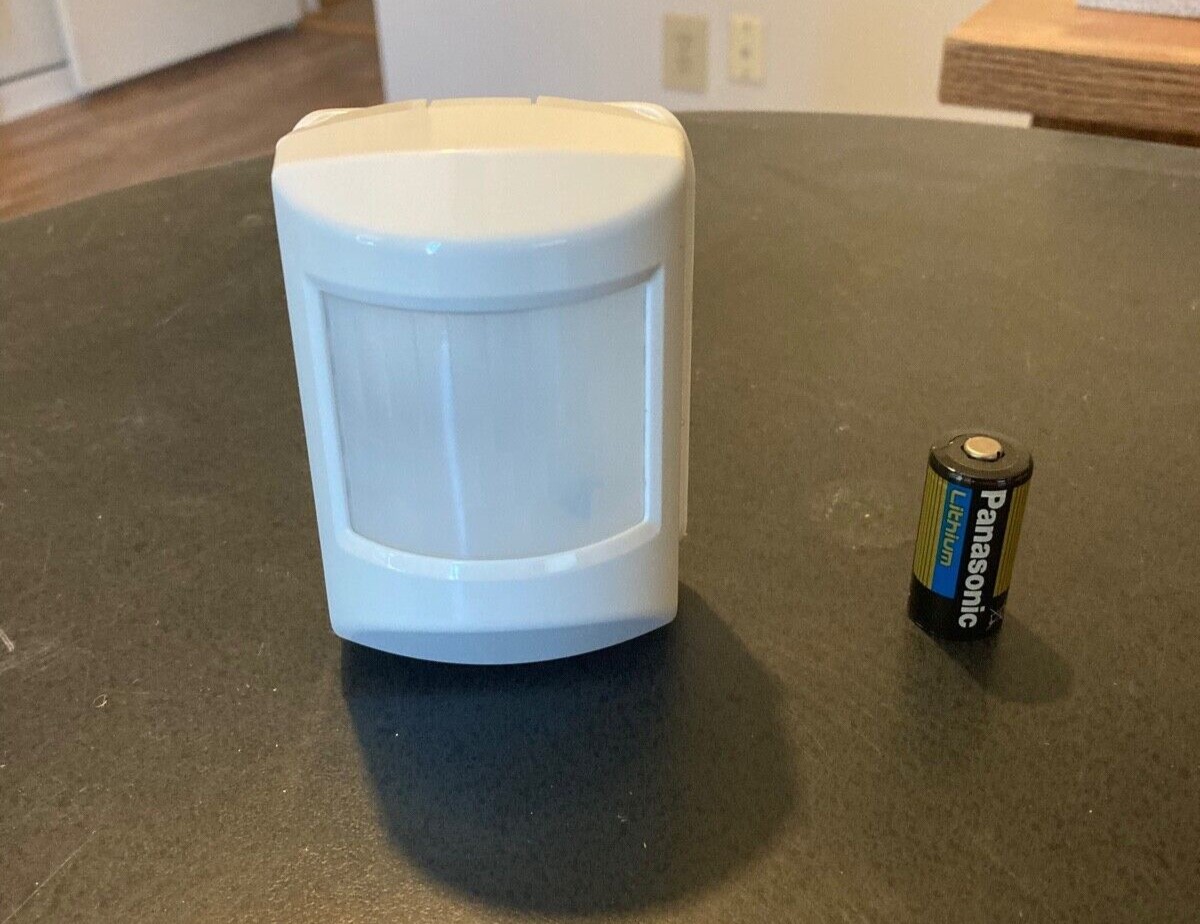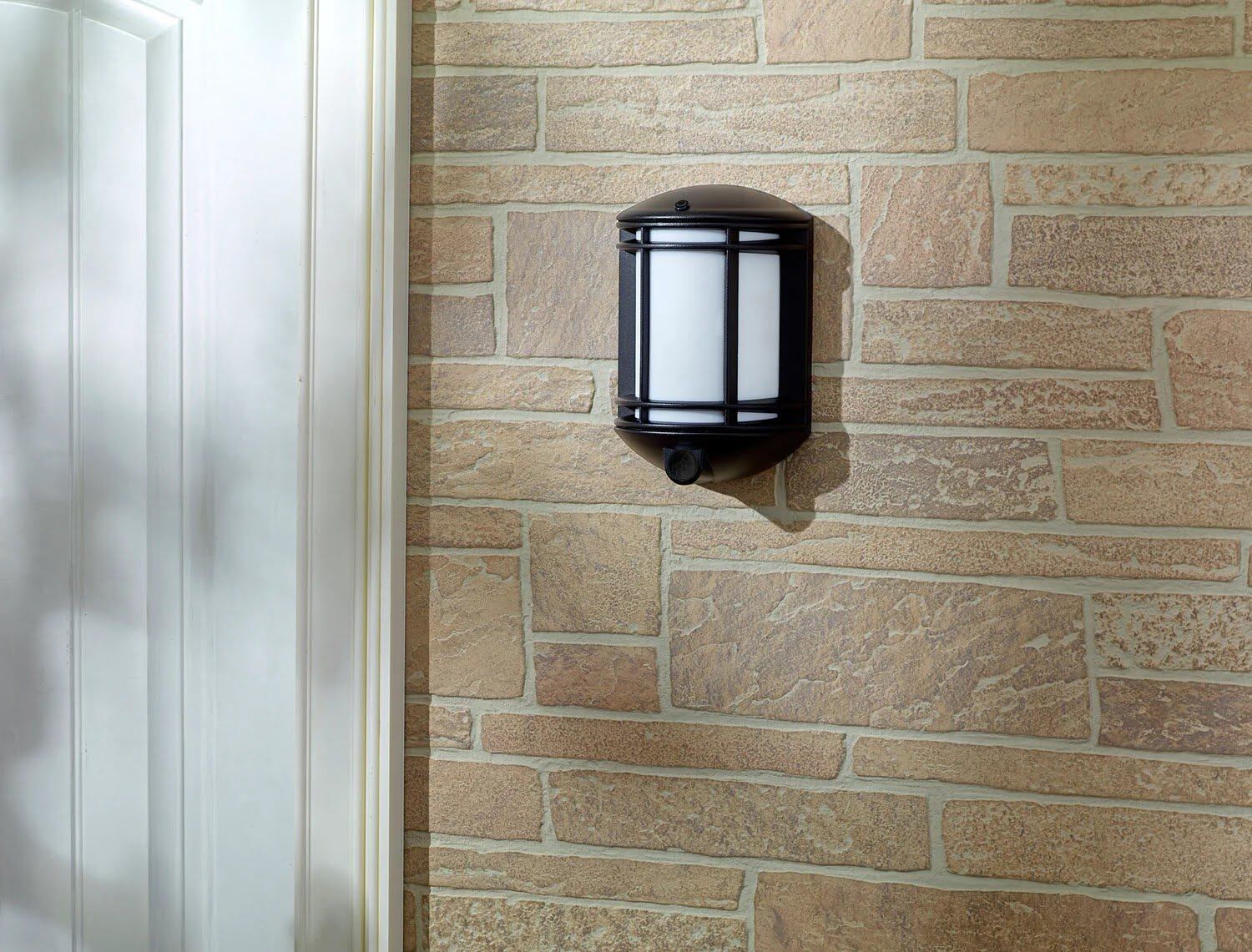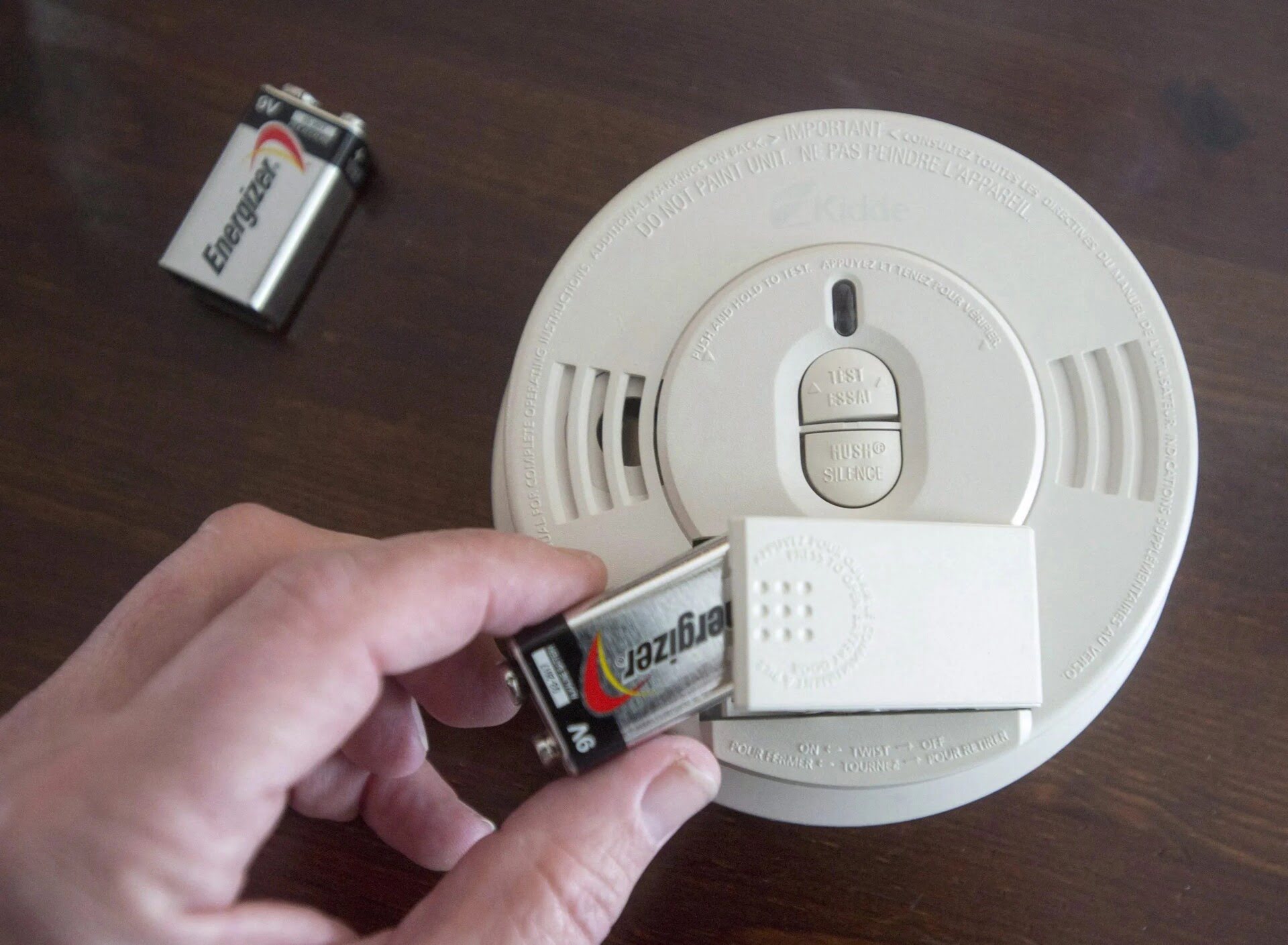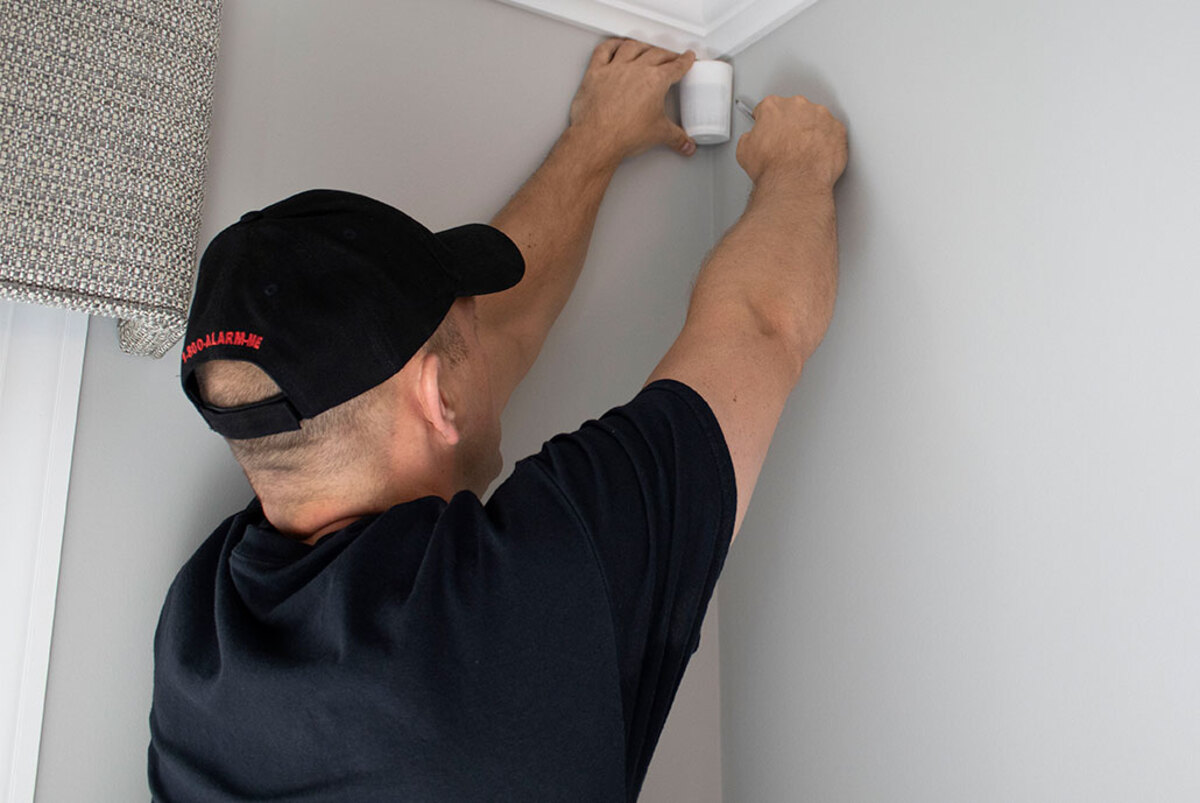Home>Home Security and Surveillance>How To Remove Circuit Boards For Battery Replacement In GE Concord Motion Detector
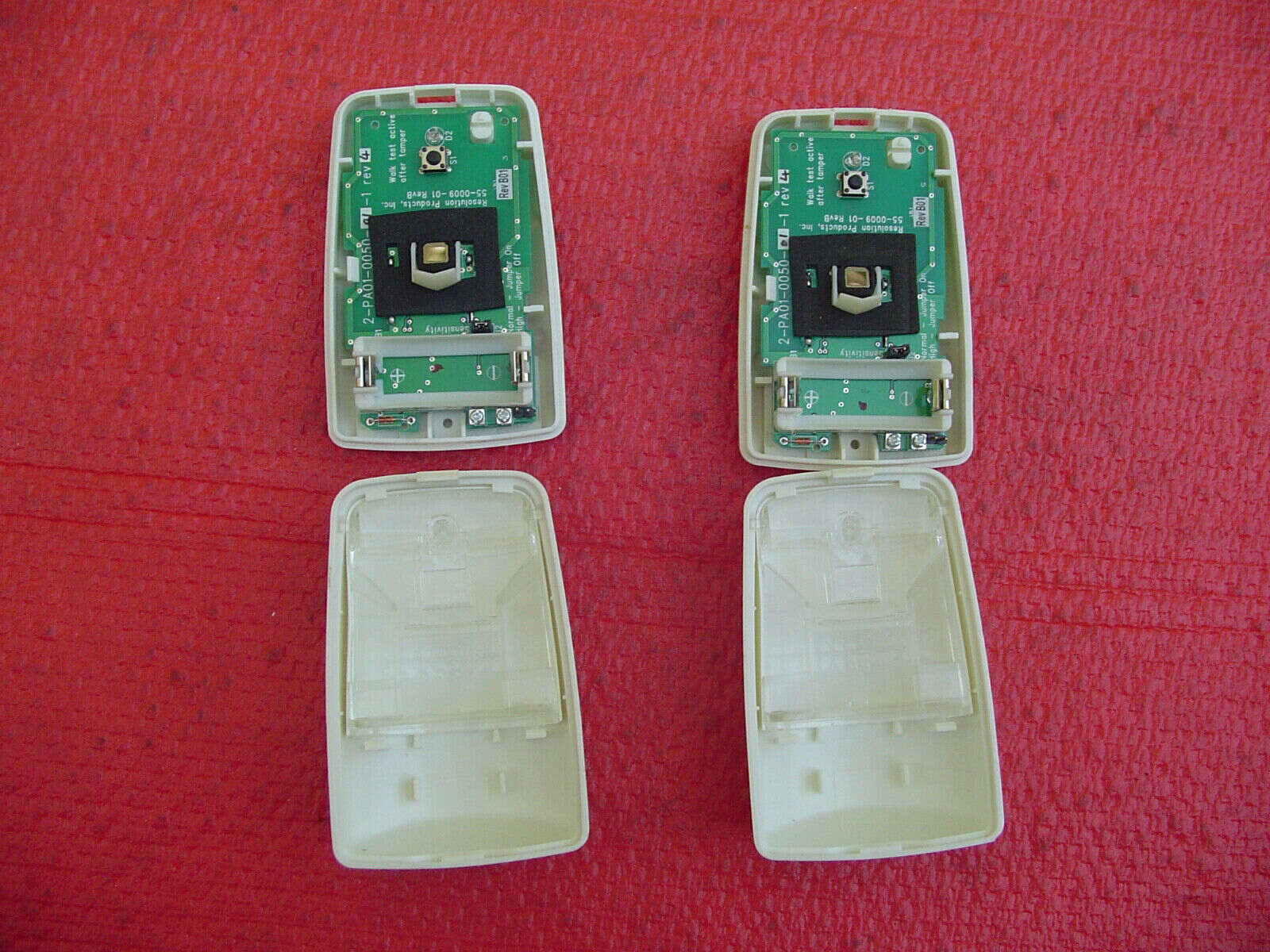

Home Security and Surveillance
How To Remove Circuit Boards For Battery Replacement In GE Concord Motion Detector
Modified: August 16, 2024
Learn how to remove circuit boards in GE Concord motion detector for battery replacement, enhancing your home security and surveillance.
(Many of the links in this article redirect to a specific reviewed product. Your purchase of these products through affiliate links helps to generate commission for Storables.com, at no extra cost. Learn more)
Introduction
Welcome to our comprehensive guide on how to remove circuit boards for battery replacement in the GE Concord Motion Detector. In today’s world, home security is of utmost importance, and surveillance systems play a crucial role in keeping our homes and loved ones safe. The GE Concord Motion Detector is a popular choice for many homeowners, offering reliable and effective detection of any suspicious movement within its range.
Like any electronic device, the GE Concord Motion Detector requires occasional maintenance and battery replacement to ensure optimal performance. The circuit boards inside the detector are responsible for processing signals and transmitting the information to the main control panel. Over time, the batteries powering these circuit boards may become depleted or lose their capacity, resulting in reduced functionality or failure of the detector. Therefore, knowing how to safely remove the circuit boards for battery replacement is essential to keep your home security system operating at its best.
In this guide, we will provide you with step-by-step instructions on how to remove the circuit boards in your GE Concord Motion Detector for battery replacement. We will also discuss the necessary tools and precautions you need to take to ensure a successful and safe procedure. By following this guide, you will be able to easily replace the batteries in your motion detector and maintain the effectiveness of your home security system.
So, let’s dive into the world of circuit boards and battery replacement, and learn how to keep your GE Concord Motion Detector functioning optimally!
Key Takeaways:
- Regularly replacing the batteries in your GE Concord Motion Detector is crucial for uninterrupted performance, avoiding false alarms, and extending the device’s lifespan, ensuring reliable home security.
- Prioritize safety, handle circuit boards with care, and follow manufacturer guidelines when replacing batteries. By maintaining and testing your motion detector, you can enhance home security and enjoy peace of mind.
Background Information on GE Concord Motion Detector
The GE Concord Motion Detector is a popular choice for homeowners looking to enhance the security of their homes. It is a wireless, battery-powered device that detects movement within its designated area and sends a signal to the main control panel, triggering an alarm or activating other security measures. The motion detector uses advanced technology to accurately detect human movement while minimizing false alarms caused by pets or other non-threatening factors.
With a sleek design and easy installation process, the GE Concord Motion Detector offers both functionality and aesthetics. It is commonly used in residential settings but can also be implemented in small commercial spaces. The device operates on a set of batteries that power the circuit boards inside, providing the necessary energy for signal processing and transmission.
The motion detector is equipped with multiple sensors, including passive infrared (PIR) sensors, which detect changes in heat signatures within its range. When an intruder enters the detection area, the PIR sensors detect the variation in heat patterns and trigger the alarm, alerting homeowners of potential threats. Some GE Concord Motion Detectors also come with additional features, such as adjustable sensitivity settings and tamper-proof technology, further enhancing their effectiveness.
It is important to note that the GE Concord Motion Detector is just one component of a complete home security system. It works in conjunction with other devices, such as door/window sensors, control panels, and surveillance cameras, to provide comprehensive protection to your property. When integrated with a reliable monitoring service, you can have peace of mind knowing that your home is being monitored around the clock.
Now that we have a better understanding of the GE Concord Motion Detector and its role in home security, let’s delve into the importance of battery replacement to ensure its continued functionality.
Importance of Battery Replacement in GE Concord Motion Detector
The batteries in the GE Concord Motion Detector play a vital role in maintaining the functionality and reliability of the device. As a wireless system, the motion detector relies on battery power to operate and transmit signals to the main control panel. Over time, the batteries may become depleted or lose their capacity, which can lead to reduced performance or complete failure of the detector.
Regular battery replacement is crucial to ensure that the motion detector functions optimally and provides reliable security for your home. Here are a few reasons why battery replacement is important:
- Uninterrupted Performance: The GE Concord Motion Detector is designed to continuously monitor its designated area, detecting any movement or trespassing. By replacing the batteries when necessary, you can ensure that the motion detector is always ready to activate the alarm or trigger the appropriate response in case of an intrusion. This uninterrupted performance is essential in protecting your home and loved ones.
- Avoid False Alarms: When the batteries in the motion detector start to weaken, the device may become unreliable and trigger false alarms. This can be frustrating and may result in complacency or even disabling the system altogether. By replacing the batteries on schedule, you can avoid false alarms and maintain the effectiveness of your security system.
- Extended Lifespan: The circuit boards in the GE Concord Motion Detector are delicate electronic components that require a stable power source to function properly. Depleted or failing batteries can strain the circuit boards, potentially damaging them and shortening the lifespan of the motion detector. Regular battery replacement helps to prevent unnecessary wear and tear, ensuring that the motion detector lasts for years to come.
- Peace of Mind: Home security relies on the trust and confidence we have in our systems. By regularly replacing the batteries in the motion detector, you can have peace of mind knowing that your home security system is reliable and ready to safeguard your property. It allows you to go about your daily routine without worrying about system malfunctions or compromised security.
It is important to follow the manufacturer’s recommendations for battery replacement intervals. Typically, batteries should be replaced every one to two years, depending on usage and environmental factors. However, it is always a good practice to periodically check the battery levels and replace them as needed to maintain optimal performance.
Now that we understand the importance of battery replacement, let’s proceed to the next section where we will discuss the tools and materials needed for removing the circuit boards in the GE Concord Motion Detector.
Tools and Materials Needed
Before you begin removing the circuit boards for battery replacement in the GE Concord Motion Detector, gather the following tools and materials:
- Screwdriver: Depending on the model of your motion detector, you may need a Phillips or flathead screwdriver to remove the screws securing the detector’s cover. Make sure to have the appropriate type and size of screwdriver on hand.
- New Batteries: Purchase fresh, high-quality batteries that are compatible with the GE Concord Motion Detector. Check the manufacturer’s instructions or the existing batteries for the correct battery type and quantity required.
- Cleaning Cloth: Have a clean, lint-free cloth ready to wipe away any dirt, dust, or fingerprints that may have accumulated on the circuit boards or inside the motion detector during the battery replacement process.
- Optional: Battery Tester: While not essential, a battery tester can be helpful to determine the charge level of your existing batteries. This can help you identify if the batteries truly need replacement or if there is another issue with your motion detector.
- Work Surface: Find a suitable work surface where you can comfortably perform the battery replacement process. Ensure that it is well-lit and free from any potential hazards that could damage the motion detector or its components.
- Optional: Antistatic Wrist Strap: If you want to take extra precautions to prevent electrostatic discharge (ESD) from damaging the circuit boards, consider using an antistatic wrist strap. This helps to ground any static electricity in your body and protect the sensitive electronics in the motion detector.
By having these tools and materials prepared and within reach, you can proceed with confidence in safely removing the circuit boards from your GE Concord Motion Detector for battery replacement.
Now that you’re fully equipped, let’s move on to the step-by-step guide on how to remove the circuit boards.
To remove circuit boards for battery replacement in a GE Concord motion detector, first, locate the battery compartment on the circuit board. Then, carefully remove the old batteries and replace them with new ones, ensuring the correct polarity. Finally, reassemble the motion detector and test to ensure proper functionality.
Step-by-Step Guide to Removing Circuit Boards for Battery Replacement
Follow these steps to safely remove the circuit boards in your GE Concord Motion Detector for battery replacement:
- Prepare the Motion Detector: Start by turning off the power to your motion detector. If it is connected to a control panel or power source, switch off the corresponding circuit breaker or disconnect the power supply to the system. This step is crucial to prevent any potential electrical shocks during the process.
- Remove the Cover: Use a screwdriver to carefully remove the screws securing the outer cover of the motion detector. Set the screws aside in a safe place, as you will need them again when reassembling the detector after replacing the batteries.
- Access the Circuit Boards: With the cover removed, you should now have access to the internal components. Locate the circuit boards inside the motion detector. They are typically attached to the back of the cover or the inner housing of the detector. Take note of the position and orientation of the circuit boards for easier reinstallation later.
- Disconnect the Battery Connector: Carefully disconnect the battery connector from the circuit boards. Gently tug on the connector to detach it from the board’s socket. Exercise caution to avoid pulling on the wires or damaging any other components nearby.
- Remove the Circuit Boards: Once the battery connector is disconnected, you can proceed to remove the circuit boards. Depending on the design of your motion detector, they may be secured with screws or clips. Use the appropriate tools to loosen and remove any fasteners holding the circuit boards in place. Keep track of these fasteners for reassembly later.
- Replace the Batteries: Take out the old batteries from the circuit boards and replace them with fresh batteries of the same type and quantity. Ensure proper polarity, matching the + and – signs on the batteries with the corresponding markings on the circuit boards.
- Reinstall the Circuit Boards: Carefully insert the circuit boards back into their original positions, aligning them with the mounting holes or clips. Use the previously removed screws or clips to secure the boards firmly but not overly tight. Avoid over-tightening, as it can damage the boards or the housing.
- Reconnect the Battery Connector: Gently reconnect the battery connector to the appropriate socket on the circuit boards. Ensure a snug fit without applying excessive force.
- Reassemble the Motion Detector: Align the cover of the motion detector with the housing and secure it in place using the screws you removed earlier. Tighten the screws firmly, but again, be cautious not to overtighten and risk damaging the cover or mating surfaces.
- Power On the Motion Detector: After reassembling the motion detector, restore power by switching on the circuit breaker or reconnecting the power supply. Verify that the device powers on and functions correctly by conducting a test. Follow the manufacturer’s guidelines to ensure proper calibration and testing of the detector’s motion detection capabilities.
By following these step-by-step instructions, you can successfully remove the circuit boards in your GE Concord Motion Detector for battery replacement. Remember to exercise caution and work patiently to prevent any damage to the device or its components.
Next, we will discuss important precautions and safety measures you should keep in mind while performing this procedure.
Precautions and Safety Measures
When removing circuit boards for battery replacement in your GE Concord Motion Detector, it is important to prioritize safety. Here are some precautions and safety measures to keep in mind:
- Power Off the Motion Detector: Before starting the process, ensure that the power to the motion detector is turned off. This can be done by switching off the corresponding circuit breaker or disconnecting the power supply. Working on a live electrical circuit can be dangerous and may result in electrical shocks or other accidents.
- Handle Circuit Boards with Care: The circuit boards inside the motion detector are sensitive electronic components. Avoid touching the circuitry directly and handle the boards with care. Excessive force or mishandling can damage the boards, leading to malfunctions or permanent damage to the motion detector.
- Avoid Static Electricity: Static electricity can harm the circuit boards and other electronic components. To minimize the risk of electrostatic discharge (ESD) damaging the boards, work in an area with low humidity and use an antistatic wrist strap if available. If you don’t have a wrist strap, touch a grounded metal object before handling the circuit boards.
- Properly Dispose of Old Batteries: Dispose of the old batteries in accordance with local regulations and environmental guidelines for battery recycling. Never dispose of batteries in the regular trash as they can pose a risk to the environment and human health.
- Be Mindful of Battery Polarity: When replacing the batteries in the circuit boards, ensure proper polarity. Match the + and – signs on the batteries with the corresponding markings on the boards. Incorrect battery insertion can damage the circuit boards and render the motion detector inoperable.
- Keep a Clean and Organized Work Area: Maintain a clean and clutter-free work surface during the procedure. Prevent dust, debris, and other foreign objects from entering the motion detector or coming into contact with the circuit boards.
- Follow Manufacturer Guidelines: Always refer to the manufacturer’s instructions and guidelines when performing any maintenance or repair tasks on the motion detector. These guidelines ensure that you follow the correct procedures and precautions specific to your particular model.
- Perform Regular System Testing: After completing the battery replacement, conduct thorough testing of the motion detector and the entire home security system. Follow the manufacturer’s instructions for testing and calibration to ensure that the device is functioning properly and detecting motion accurately.
By adhering to these precautions and safety measures, you can minimize the risk of accidents, protect the integrity of the motion detector, and ensure your personal safety during the process.
Now that we have covered the precautions and safety measures, it’s time to wrap up the article.
Conclusion
In conclusion, knowing how to remove circuit boards for battery replacement in the GE Concord Motion Detector is essential for maintaining the functionality and effectiveness of your home security system. By following the step-by-step guide provided in this article, you can confidently perform the battery replacement process and ensure uninterrupted performance of your motion detector.
Remember, regular battery replacement is crucial for optimal performance, avoiding false alarms, extending the device’s lifespan, and providing you with peace of mind. By replacing the batteries according to the manufacturer’s recommendations and following the precautions and safety measures outlined, you can keep your GE Concord Motion Detector in top condition.
Additionally, having the necessary tools and materials on hand, such as a screwdriver, new batteries, a cleaning cloth, and optionally a battery tester and antistatic wrist strap, will make the process smoother and more efficient.
Always prioritize safety, handle circuit boards with care, and properly dispose of old batteries according to local regulations. Following the manufacturer’s guidelines and conducting regular system testing will help ensure that your motion detector and home security system function optimally and provide reliable protection.
By maintaining and taking care of your GE Concord Motion Detector, you can enhance the security of your home and have peace of mind knowing that you have a reliable security system in place. Stay vigilant, stay safe, and enjoy the added comfort and protection that your motion detector provides.
Frequently Asked Questions about How To Remove Circuit Boards For Battery Replacement In GE Concord Motion Detector
Was this page helpful?
At Storables.com, we guarantee accurate and reliable information. Our content, validated by Expert Board Contributors, is crafted following stringent Editorial Policies. We're committed to providing you with well-researched, expert-backed insights for all your informational needs.
